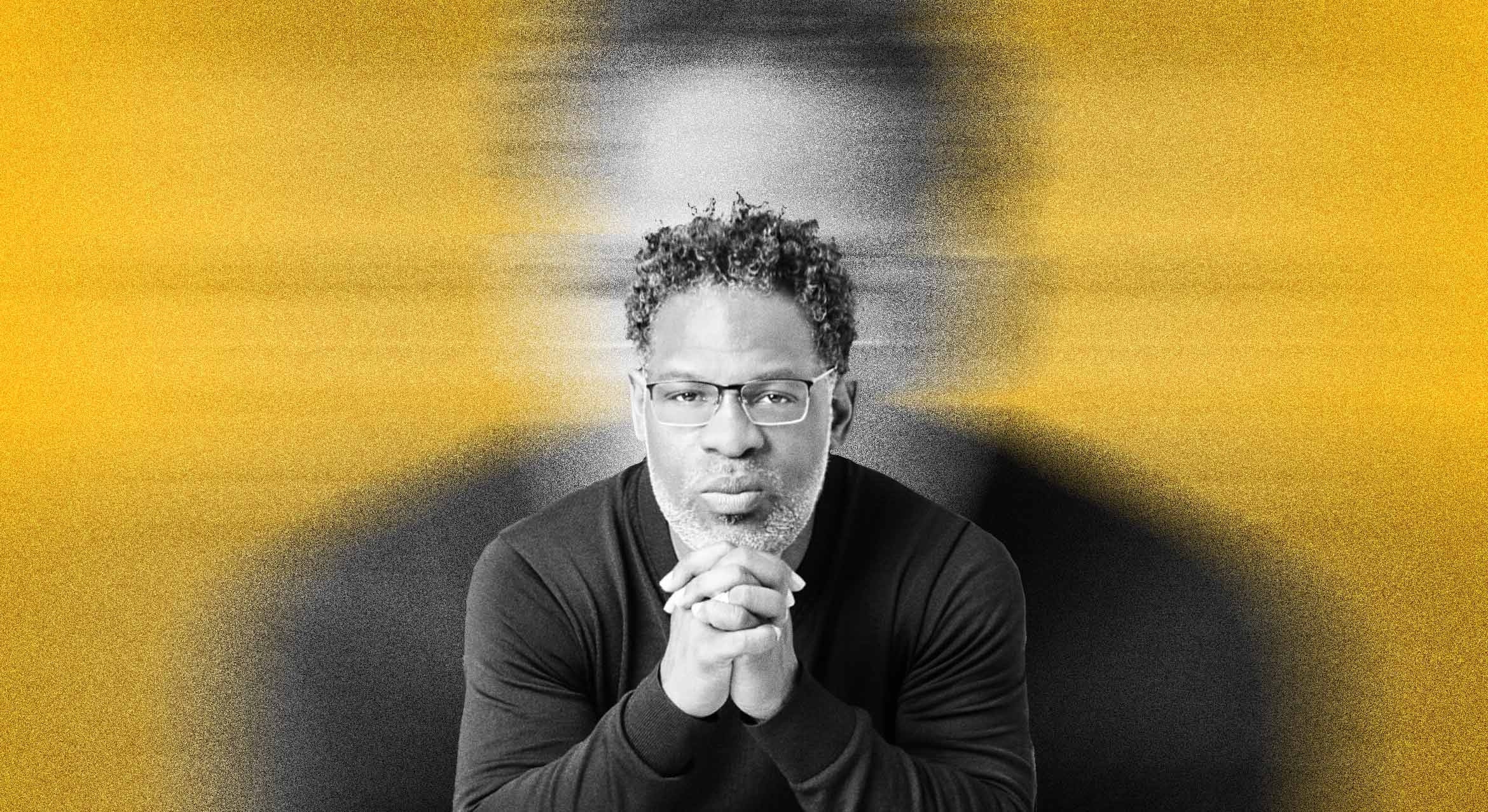
Shinto Revealed

For scholars and graduate students, the Shinto tradition has often been an elusive subject of study, and research works have been limited. It’s no wonder that not one publisher outside Japan had a book series that focused on Shinto. Until now.
The Bloomsbury Shinto Series, created and edited by Fabio Rambelli, a UC Santa Barbara professor of religious studies and of East Asian languages and cultural studies, has published its first book in the series, “Mountain Mandalas” (Bloomsbury Publishing, 2016), by Allan G. Grapard, emeritus professor of Japanese religions at UCSB.
“For several years I wanted to create a book series to publish innovative studies on all aspects of the Shinto tradition,” Rambelli said, “also as a way to promote both a different approach to research on Shinto and a different look at Japanese religions.”
Unlike Buddhism, Shinto has not been a subject of serious study in the U.S. The lingering association with Japanese ultranationalism during World War II has been a barrier, but Rambelli believes the time is ripe for scholars to embrace a tradition of deep complexity, history, arts and rituals.
The books, he hopes, will spark “a new interest in the multifaceted aspects of the Shinto tradition, and a desire to know more beyond stereotypes (generated both in Japan and in the West). I also hope that new generations of scholars will further develop the field — there is so much that has never been studied, but at the same time, an incredible abundance of material.”
Even in Japan, Shinto can mean different things to people. Rambelli noted that one “traditional” version, invented between 1850 and 1940, “was the ideological and spiritual pillar of the aggressive authoritarian and militaristic Japanese state,” he explained. “Many people, especially in Japan, still consider Shinto as related to that historical period.”
Even the concept of Shinto as a religion, Rambelli said, has a contentious history. Before the impact of modernization in the late 1800s, Japanese didn’t view Shinto as a particular faith. “The Japanese struggled with definitions of ‘religion,’ a new concept for them imported from Europe and America, and decided that the only religion in Japan was Buddhism,” he said. “Shinto was instead defined as a set of cultural practices and traditions. As a consequence, scholars both in Japan and elsewhere interested in Japanese ‘religion’ addressed their attention to Buddhism and not to Shinto, which was left at best to folklorists and anthropologists.”
Today, Rambelli observed, most Japanese don’t identify themselves as devoted ‘Shintoists,’ even as they participate in some types of Shinto rituals as part of their traditional social practices. “Some Shinto priests and nationalist politicians try to promote a strong equation linking Shinto and Japanese identity, but such a link emerges historically only toward the mid-1700s, and was later exploited by modern nationalist movements,” he said.
“The paradox is that very, very few Japanese today can tell you what Shinto is. Contemporary Japan is a highly secular society, characterized by a lack of public discourse about religion (and Shinto in particular),” Rambelli added. “Shinto temples provide no equivalent of Western Sunday schools, and public schools are forbidden to offer any kind of religious education. There are very few private schools of Shinto orientation, and even those are certainly not hotbeds of Shinto theology.”



